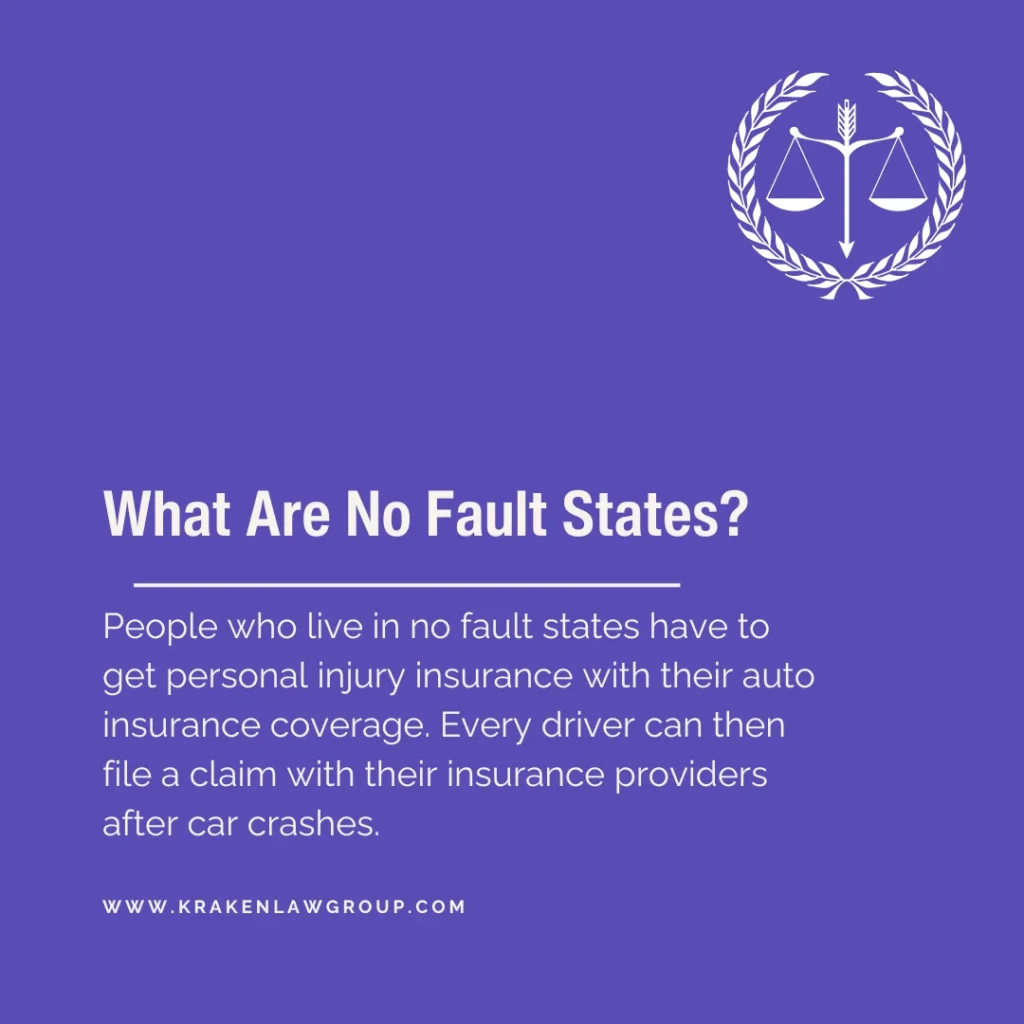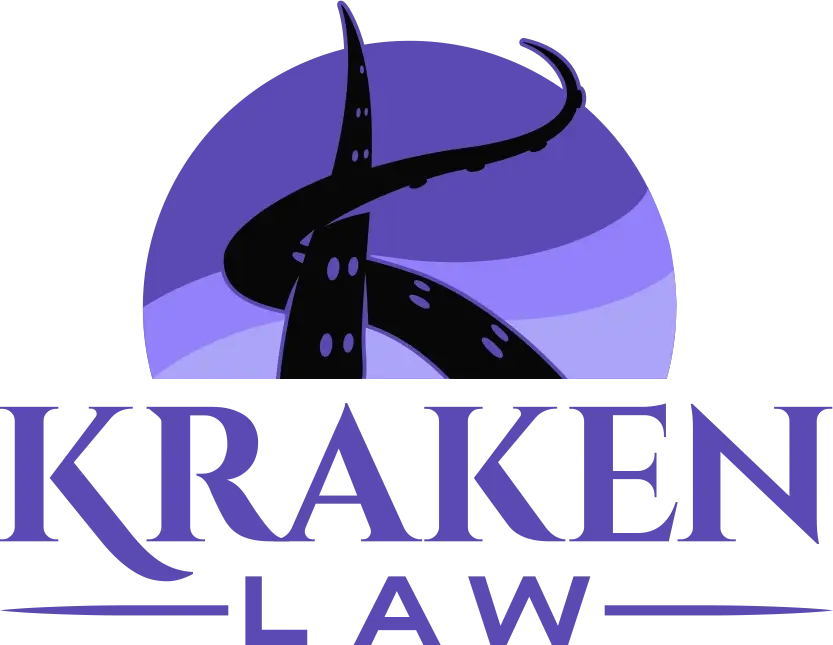A no fault insurance is sometimes called personal injury protection (PIP) insurance in different US states. That is because both these things are associated with each other.
It is important to know whether your state is one of the no fault states or not. You will have to get auto insurance coverage according to that.
Your state’s status about no fault policies will also determine your ability to cover expenses after accidents. So learning about it will only be beneficial to you.
Luckily, you don’t have to worry about searching any further. Dive into this post to learn more about no fault states in the US.
What Do No Fault States Mean?

Auto insurance laws can be divided into different categories as per fault classifications. These include:
- No fault accidents
- Choice no fault accidents
- Tort liability
People who live in no fault states have to get personal injury insurance with their auto insurance coverage. Every driver can then file a claim with their insurance providers after car crashes.
The main feature of no fault auto insurance states is that people there can receive expense coverage from their insurance company. This means you will not be solely relying on the other party to pay you for the injuries.
Some states in the US do not require PIP coverage. Meanwhile, no fault states make it mandatory to get this insurance. Your company may also charge you for the coverage automatically.
This is why you should know about no fault auto insurance states so that you are not charged unnecessarily.
Types Of No Fault Auto Insurance States In The United States

Let’s discuss the earlier mentioned no fault car insurance types for better understanding:
1. No Fault States
There are 12 states in the US which require PIP coverage by law for people getting auto insurance. Most insurance agencies add this policy automatically to their customers’ plans.
In such states, your right to file a case against the other driver will have some limitations. Remember no fault states are strict states, so you must file a claim with your insurance agency first.
You will also have to get a minimum amount of other types of coverage besides PIP. These include:
- Third-party liability insurance coverage
- Uninsured motorist protection
It is also possible to get other insurance policies as you see fit, but you should mainly focus on those that are necessary by law.
2. Choice No Fault States
Three states in the US are choice no fault states. You can choose between no fault insurance with restrictions on tort liability or full liability coverage.
The latter option will mean that there will be no restrictions on suing the other party for compensation. These states include New Jersey, Pennsylvania, and Kentucky.
However, you will have to give a written agreement in such states for a smooth process. Your injury costs will also not have to reach a threshold in these states.
Of course, your overall insurance coverage will be more expensive if you opt for the complete tort liability option. So you must gather all facts about the policy before making a decision.
3. Add On No Fault States
There are a few states in the US that are no fault states but the insurance coverage is not mandatory. Instead, you can add the PIP policy to your insurance plan.
You may also not need personal injury protection when getting car insurance if you already have a healthcare plan. However, that plan will not cover lost wages and funeral bills like PIP coverage.
The no fault states with add-on features are:
- Arkansas
- Maryland
- New Hampshire
- South Dakota
- Texas
- Virginia
- Washington
- Wisconsin
A Complete List Of No Fault States In The United States

There are 12 no fault states in the US. Some other places in the nation are also no fault but you may waive the coverage in writing. However, in the other 12 states, there is no option to do that.
The complete no fault states where you cannot waive coverage in the US are:
- Florida
- Delaware
- Hawaii
- Kansas
- Massachusetts
- Michigan
- Minnesota
- New York
- North Dakota
- Oregon
- Utah
- Washington DC
The minimum insurance requirement for these no fault states varies from $3,000 to $250,000. This value will mainly depend on the health coverage or auto insurance you are getting.
Who Is Liable To Pay For Personal Injury In No-Fault States?
In no fault states, every person’s insurance company is required to pay their medical expenses, lost wages, essential services, and funeral charges.
This insurance does not consider which driver was at fault during the accident. If the crash was your fault, but you have personal injury protection insurance, you can file a claim with your insurance company.
The agency will cover your losses and expenses while ignoring that the accident was your fault. Remember the company will only pay up to a specific percentage of expenses.
That is because insurance agencies can’t offer to pay the medical expenses of every customer especially those with long-term or excessively high medical bills.
The good news is you don’t have to rely completely on your insurance company. If the accident was not your fault, you can also file a personal injury case against the other driver under tort or criminal laws.
If you can prove the other driver’s guilt, you can receive compensation from them as well. This can help you cover medical bills and property damage bills that PIP does not cover.
How Do No-Fault Insurance Claims Work?

The first thing you must do to ensure you can file claims in no fault states is get immediate medical treatment. This can be from a hospital, a small clinic, or an emergency medical technician on an accident site.
Once you have gotten the first opinion, contact your insurance agency to file a PIP claim. Remember you only have a window of 14 days to file this case with your insurance provider in Florida.
You will have to give a recorded statement of the accident to the insurance provider. The company may also require you to submit some evidence of the injuries you sustained after the accident.
Once you file the claim, the insurance agency will investigate the accident and the evidence you gave them. Typically, it can take 30 to 60 days for the investigation to complete. Its main purpose is to minimize insurance fraud.
If no false claims can be proven by the company, they will notify you about the approval of your case. The agency will then pay the relevant expenses and losses within the next 30 days.
At-Fault Vs. No-Fault States
The primary difference between at fault and no fault states is that the latter does not consider fault. Even if it was your fault your insurance company will cover your expenses.
However, in at fault states the insurance company of the at fault party will cover your expenses. Your own agency will have no obligation to cover your lost wages or car damage.
Receiving compensation in at fault states is tricky because solid evidence is necessary to prove the other driver’s fault. You will also have to prove the direct link between the injuries and the accident.
What Is The Average Cost Of PIP Insurance In No-Fault States?
The average cost of PIP insurance no fault states vary according to the car insurance policy you are getting. You will also have to meet the requirements set by the state laws.
Let’s look at the average cost of PIP insurance as per different no fault states in the US:
1. Florida
Florida is one of the top no fault states for people getting car insurance in the US. It has a high limit of $10,000 personal injury protection per individual. This is the minimum policy value for PIP coverage in Florida.
You may also get a higher-value policy if you can afford it easily. Another coverage you can get is a $10,000 property damage liability for each accident.
2. Hawaii
Hawaii also has one of the highest minimum limits for no fault insurance in the US. The good news is that you can get four types of coverage to be eligible for PIP.
You can get a $10,000 policy for PIP per person in this state. Similarly, you can opt for $10,000 property damage per liability per accident for insurance coverage.
There are also different limits for bodily injury liability, depending on per person or per accident. For the latter $40,000 is the minimum requirement.
Meanwhile, the minimum value for bodily injury per person is $20,000. You will be eligible for no fault insurance on any of these policies.
3. Massachusetts
The minimum value for personal injury protection per accident is $8,000. Individuals are also eligible for uninsured motorist policy for no fault states.
For motorist insurance, the minimum value per accident is $40,000. Meanwhile, for every person the requirement is $20,000.
You can also opt for property damage liability per accident valuing at a minimum of $5,000. There are various policies you can choose from, so it is recommended to consult a personal injury lawyer.
An expert attorney in your state can help you identify the policies that will be best for you as per the law. They may also help you file a claim with your car insurance adjuster later if you get into an accident.
FAQs
Who Pays For Car Damage In A No-Fault State, Florida?
In a no-fault state, the driver who caused the accident will compensate you for car repairs or vehicle replacement. If you were at fault, you would have to cover the costs out of your pocket.
You can file a claim with the at-fault party’s insurance company for the car repair expenses.
Why Does Florida Have No-Fault Insurance?
Florida has no fault personal injury insurance to reduce the number of tort lawsuits in court. Its goal is to reduce the expense burden on parties involved in car accidents. The policy also offers more security if identifying fault is complex because this insurance does not consider fault.
Will My Insurance Go Up If The Accident Wasn’t My Fault In Florida?
Your insurance rate will not go up if the accident isn’t your fault. There are fixed maximum limits for the amount an insurance provider will cover for the expense types. For example, the company will cover up to 80% of your medical bills in Florida till the max cap.
Final Words
Now that you are familiar with no fault states in the US, you can make a better decision about personal injury coverage. If you’re still confused about laws regarding PIP, you can consult a lawyer.
If you live in Florida, you can get in touch with us now to speak to our expert lawyers. They can help you understand personal injury protection and laws around no fault insurance states.


